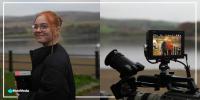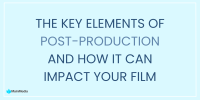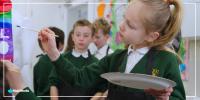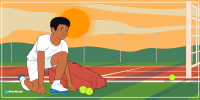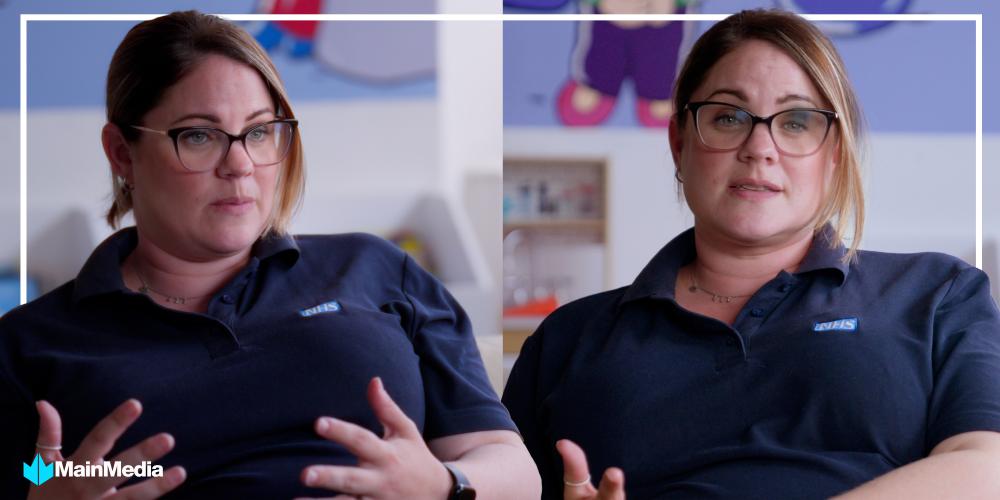
How we used camera angles to create a difference in the feeling of two films
What happens when you only have limited time for an interview, but have to make 2 different films for the client with your interviewee? We have had this challenge before, and managed to find a good problem-solving solution. Hint: it involves using two cameras.
You might have seen it before in interview scenarios where the camera cuts between two different angles of the interviewee. This is greatly beneficial for a number of reasons. 1. It gives an interesting difference in visuals. Usually if the interviewee is well-lit, it can look rather cinematic. 2. It’s actually a good way to make sure you have multiple coverages of the interview, reducing any need for addition takes. 3. Wearing our post production hats here, having a 2 camera set up makes it a smoother and more enjoyable viewing experience when chopping between content, especially if you have to cut a few things from the interview out. It hides any ropey jump cuts!
So that all makes sense for using the footage within 1 film. But how can you make 2 films that feel different? Well we have the perfect opportunity to show you!
We were commissioned to make a set of films for A Better Start Southend, around their Perinatal Mental health team and support for new parents. The brief was to make 2 films - one being an awareness film, talking to parents who might be experiencing the same as the participants in the film, and where to go for help and support. The second was an impact film, as a legacy piece to document the impact of the service and its necessity in the area.
The films had to feel coherent in style, but talk differently to the audiences. That’s why in our 2-camera set up we opted for a piece to camera and a cross camera to achieve this.
We wanted the awareness film to feel as if the team were talking to the audience, making them feel reassured, welcomed and at ease, as well as hearing the participants’ experiences first-hand. Using the direct to camera approach makes a stronger connection with the audience. When the interviewee speaks directly to the camera, it mimics eye contact, making the viewer feel like they are being spoken to personally. This can create a more intimate and engaging experience, fostering trust and emotional connection. It also conveys honesty and authenticity, which is crucial for personal storytelling.
Using the second off angle camera for our impact film was important too. An off-angle interview (where the subject is looking slightly to the side) can feel more natural and documentary-like. It can make it feel more conversational, giving a sense of candidness and realism. We wanted this approach for the impact film, so the genuine nature of the staff shone through, rather than making it seem too much of an appeal or direct in approach. It allowed it to feel more observational and more in the moment.
So we really do think about all the options and what makes the best outcome for any film we are making. If you want to talk more about camera angles, interview set ups or the kit we use, we are always happy for a chat!
